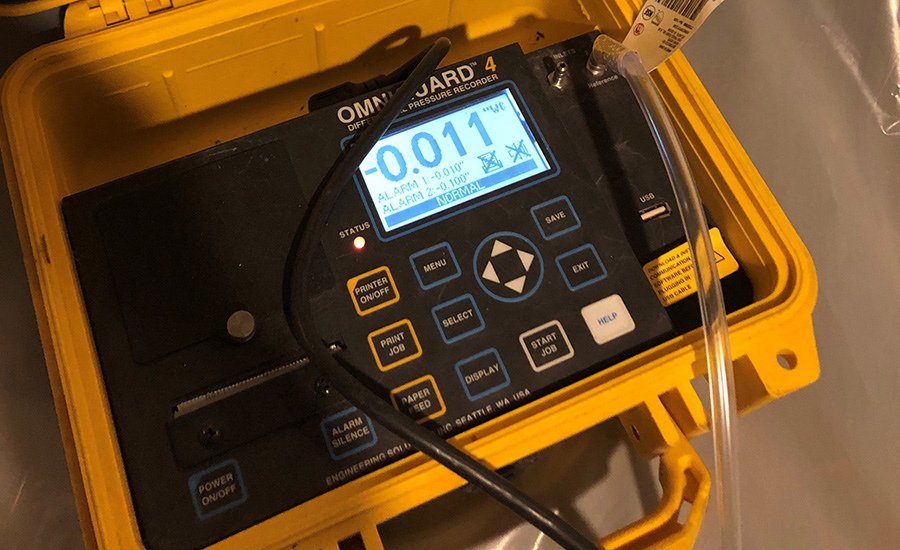When we are called out to a water loss, we don’t know what we will encounter. There are variables that will affect how we go about bringing the property back to a pre-loss condition. We have many different ways to dry a structure. When we begin to manipulate an environment to speed the drying process, we need to consider the indoor air quality. Think: if I do this procedure, what will that do to the indoor air quality, and what can I do to manage the change? What will the effect be on the technicians’ and occupants’ health and safety, as well as the final clean-up upon completion? Even though this article is about wall and cavity drying, the focus is on the impact on indoor air quality.
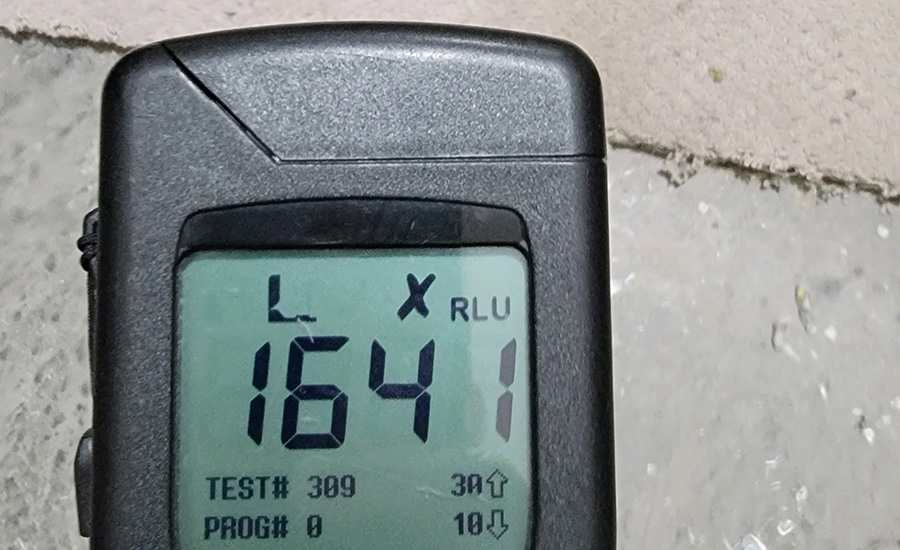
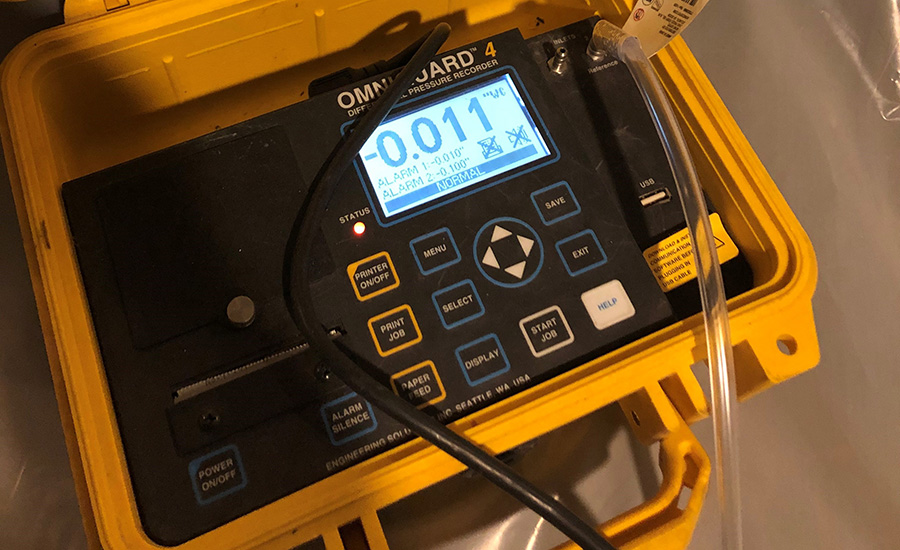
There are different ways to dry a wall or wall cavity. Depending on the category and class of water, we will determine how we dry a wall or wall cavity. Is there insulation, and if so, what type is It? Has it compacted and lost its R-value? Did the water come from above or from below? Can it be dried without losing its R-value? Is it keeping the rest of the wall cavity from drying? Or can the wall cavity be dried with the insulation left in place, without the threat of microbial growth? If we open the wall, can we isolate the area past the wall to prevent contaminants from coming in from a different part of the structure? We have to take a lot into account when we triage a water-damaged property. We can drill holes in the wall and put it under positive or negative pressure. We can heat the walls and allow the water vapor to come out without opening the walls. We can perforate the paint on the wall to speed the movement of the water vapor out of the wall material.
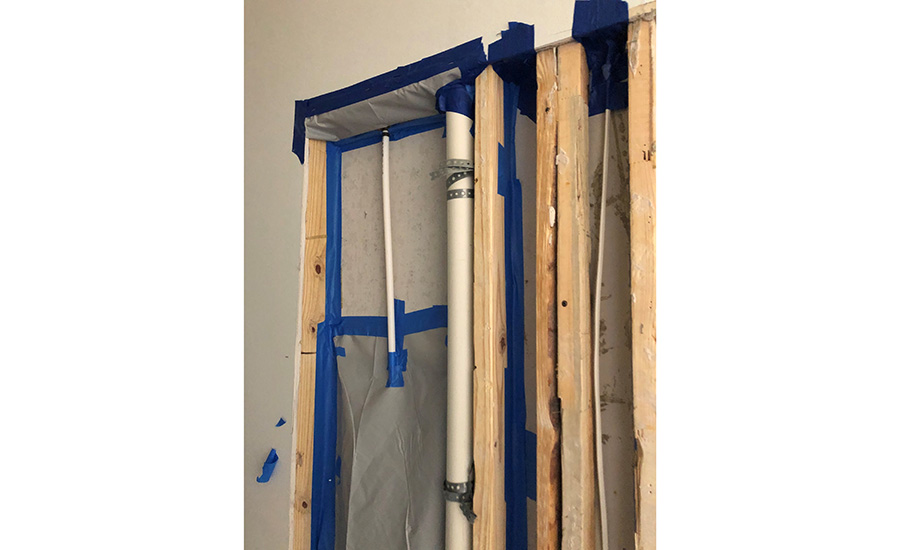
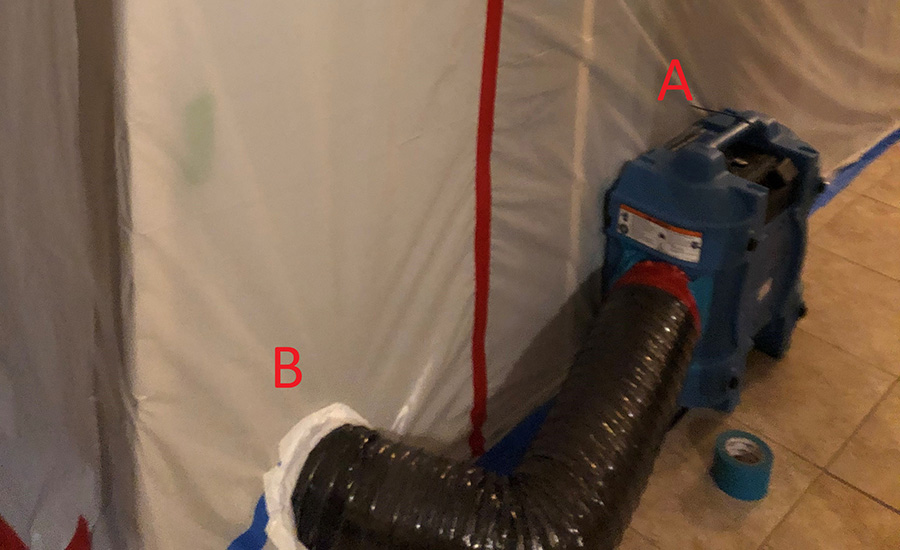
As mitigation professionals, it is our job to preserve and protect the property from further damage. The definition of mitigate is “to make something less severe or unpleasant”. Could that imply that we don’t make it worse as well? We are taking something that, left unchecked, would continue to get worse. It could compromise the structural integrity of the building or contribute to an unhealthy environment for the occupants. When we inspect a property, we need to ask, how can we protect the health and safety of the occupants and technicians? That is why we need to consider the impact of our actions on indoor air quality when we walk into any project.
It is our responsibility to understand the conditions we are mitigating or remediating. One of the first things we do on a water loss is to determine the equilibrium moisture content (EMC) of different building materials. Why? To know when we have returned the building to a dry standard. We also need to determine the category of loss to determine the protocol needed to bring it back to a clean state. Plus, we need to know the baseline of cleanliness. How do we determine the cleanliness baseline? One of the ways is using an ATP luminometer and particle counter. We should note and document the results as part of the original inspection.
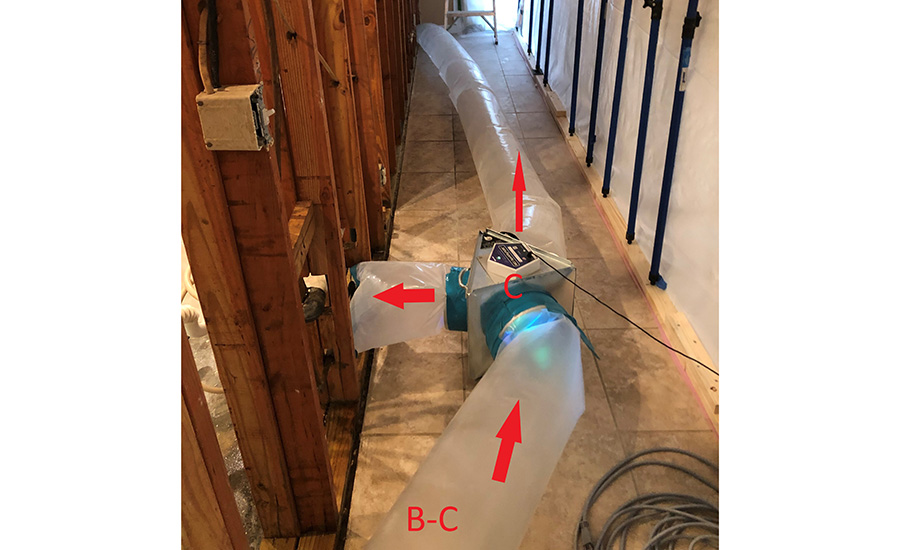
As part of our process, we need to determine if a previous water intrusion has occurred. We can interview the property owner. However, not every property owner knows the complete history of the building. If it can’t be determined, we need to treat it as if it has had previous water intrusion. What does that mean in regard to drying walls and cavities? It means we need to control the drying chamber through proper containment and usage of an air filtration device (AFD). As we raise the temperature in a structure, we are not only volatilizing the water in the materials, but we can also be releasing volatile organic compounds (VOCs). Therefore, we need a carbon prefilter and air purification technology to keep up with bacteria, fungi, and VOCs being released into the indoor environment during the drying process.
When we use positive pressure, we need to make sure we contain and scrub that air. In addition to the air scrubbing, we can use air purification processes that deactivate viruses, break down bacteria, and agglomerate sub-micron particles to be more easily removed from the air. When we put the wall under negative pressure, we need to make sure that the air exiting the cavity is being properly filtered.
When we evaluate the drying process, let’s make sure we take indoor air quality into consideration. Your company should create a checklist to make sure you follow consistent processes. Below is a possible starting checklist.
Checklist Starting Point:
1. Assess conditions and determine:
a. Cause of loss
b. Category and class
c. Building history
d. Current temperature and relative humidity (inside and out)
e. Particle count and ATP readings
f. Affected materials EMC to determine a baseline or dry and cleanliness standard
2. Establish the protocol for drying and sanitizing, including
a. Isolation
b. Containment
c. AFD and Air Purification
d. Equipment needed
e. Cleaning and sanitizing processes and chemistries
3. Create documentation including
a. What you did
b. Why you did it
By referring to a predetermined checklist, you will make sure all considerations are taken into account with each job.
